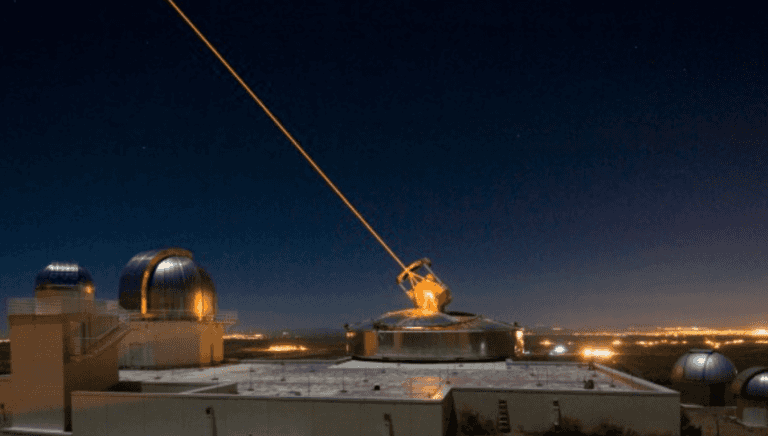
China and Russia are targeting U.S. satellites with electronic attacks “every single day,” U.S. Space Force Gen. David Thompson told the Washington Post last week.
In an interview with Washington Post columnist Josh Rogin on the sidelines of the Halifax International Security Forum, Thompson said, “The threats are really growing and expanding every single day. And it’s really an evolution of activity that’s been happening for a long time.”
Thompson, who is the Vice Chief of Space Operations for the Space Force, said China and Russia are regularly targeting U.S. satellites with what he called “reversible attacks,” meaning attacks whose effects don’t permanently damage the satellites. He said the Russian and Chinese attacks typically employ non-kinetic means like lasers, radiofrequency jammers and cyber attacks, to disrupt the operations of U.S. satellites.
Thompson reportedly declined repeated questions about whether U.S. satellites have ever been targeted with kinetic means, which could have done more significant permanent damage.
The Space Force second-in-command said China represents the greater threat to U.S. satellites, as it is rapidly deploying new ground-based systems to target space satellites.
“The Chinese are actually well ahead [of Russia],” Thompson said. “They’re fielding operational systems at an incredible rate.”
Thompson told Rogin that both Russia and China are working on space-based weapons, such as satellites that can target other satellites. China, for instance, has reportedly been developing a satellite with a robotic arm that could grapple in or claw at other satellites.
Thompson’s remarks came days after Russia launched a direct-ascent anti-satellite missile that destroyed one of its own satellites and scattered debris throughout Earth’s orbit. The Russian anti-satellite missile test generated 15,000 pieces of debris that are large enough to be tracked and potentially hundreds of thousands of smaller debris pieces. The weapon’s test forced both U.S. astronauts and Russian cosmonauts on the International Space Station (ISS) to take emergency sheltering measures.
China similarly destroyed one of its own satellites in a 2007 missile test, which also spread debris throughout Earth’s orbit.
In January 2020, the U.S. Space Command (SPACECOM) observed a pair of Russian satellites, dubbed COSMOS 2542 and COSMOS 2543, which drifted into the orbit of a U.S. spy satellite and “exhibited characteristics of a space weapon.” That instance of Russian satellites closing in on the orbit of a U.S. satellite presented the risk of a collision and SPACECOM said Russia’s operations would be considered “irresponsible and potentially threatening in any other domain.” In a separate 2017 incident, a Russian satellite launched a second satellite bearing the characteristics of a projectile.
China, in particular, may want anti-satellite weapons to counter U.S. satellites, that have helped uncover missile silo fields, weapons test facilities and detention compounds for China’s minority Uyghur population.
Satellite intelligence has also been used to track large-scale build-ups of Russian military forces along its borders, including in recent weeks near Ukraine.
0 comments :
Post a Comment